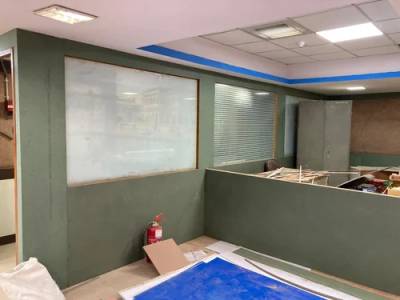
Choosing the right wood panel for your project can be crucial for both aesthetics and functionality. Edhmr, Hdhmr, and MDF are popular choices, each offering a unique combination of properties. Understanding their differences will help you select the perfect material for your needs.
1. Engineered High-Density Hardwood Plywood (Edhmr):
2. High-Density Hardwood Multilayer Plywood (Hdhmr):
3. Medium-Density Fiberboard (MDF):
Choosing the Right Panel:
The best panel for your project depends on your specific needs and budget. Consider these factors:
By understanding the properties and applications of Edhmr, Hdhmr, and MDF, you can make an informed decision and select the perfect wood panel for your next project.